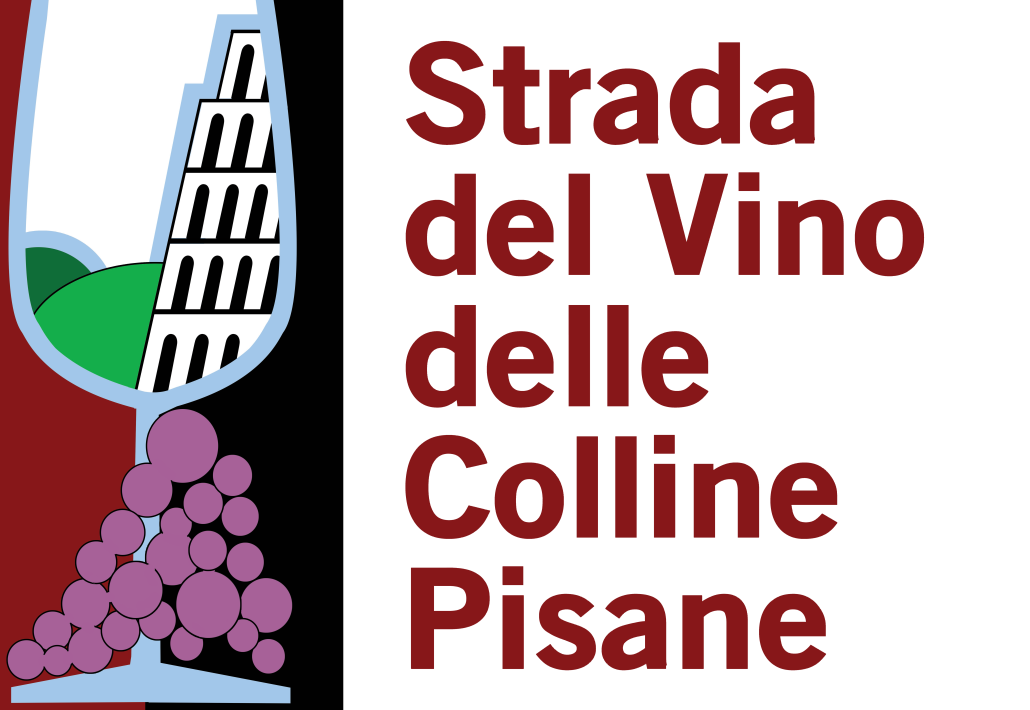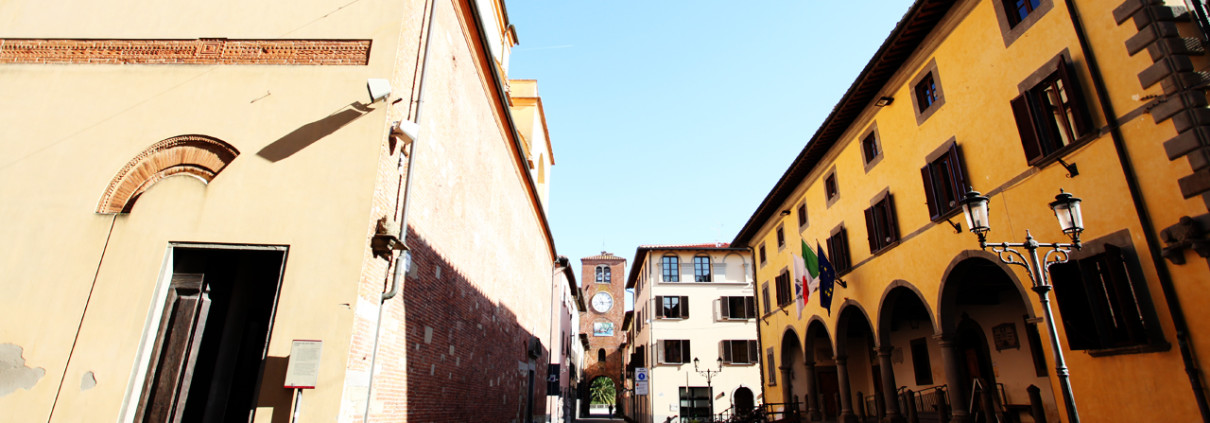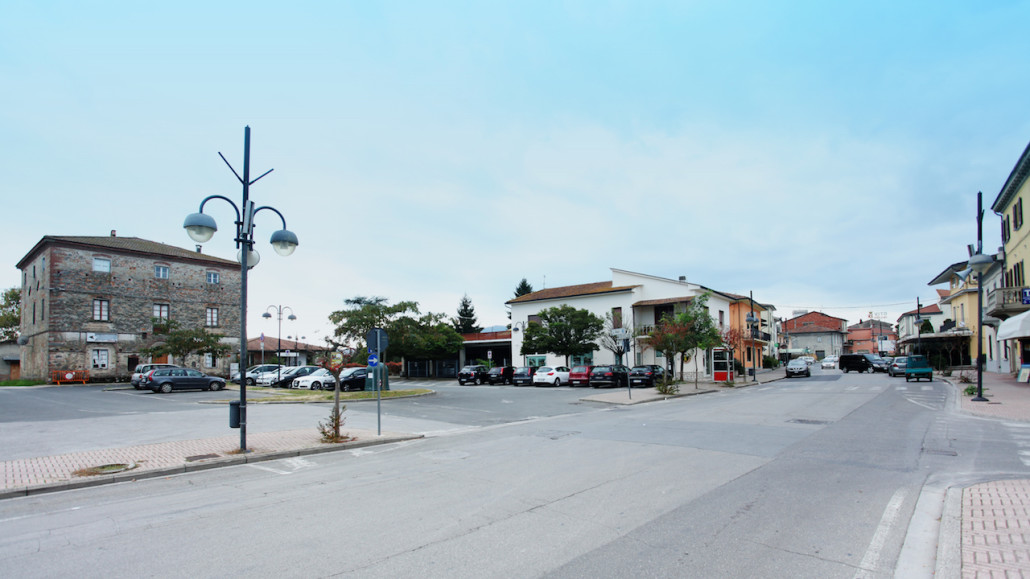CASTELFRANCO DI SOTTO
Castelfranco di Sotto is a typically medieval village, made castle in the middle of the thirteenth century (1255).
The village, surrounded then by imposing walls with sixteen towers, still retains the typical “roman castrese” structure, with two main roads that cross the center and leading to the four doors bordering districts with equal measures.
The four gates of the castle, square-shaped and made entirely of brick, were facing the old cores, towards the four cardinal points.
In the second half of the thirteenth and the first decades of the fourteenth century, famous leaders Ghibellines as Count Guido Novello, Uguccione Faggiola and Castruccio Castracani, they used to fight around here.
The Collegiate Church of Saints Peter and Paul, the main church of Castelfranco, preserves a wooden crucifix from the fifteenth century, two wooden statues of the Annunciation attributed to the sculptor Nino Pisano, and the San Pietro marble.
Other monuments of historical and artistic interest are the church of San Lorenzo Martire and the Villa Campanile, dating from the eighteenth century.
Via Francigena – Orentano – Villa Campanile
The territory of Castelfranco di Sotto, on the border between Pisa and Florence, is passed trough the Via Francigena, a sort of the medieval highway, described in 990-994 by Archbishop Sigerico in his diary, that tell the journey from Canterbury to Rome to receive an high honor.
Part of the route, from the town of Galleno until the town Chimenti, is still well preserved with the original pavement which composed the the road.
The City is part of the European Association of the Via Francigena.
Thereabout, you can find the “natural commercial area” of the villages of Orentano and Villa Campanile.
Orentano is already mentioned in the 849; with the plague, the village, in early 1300, it suffered a serious depopulation until mid-1500 when it began the economic recovery; the bell tower is beautiful, inspired by the Giotto’s bell tower in Florence, whose structure was inaugurated, after thirty years of work, in 1907.
At Villa Campanile, named as the residence of a prominent landowner, you can find the traditional festival of the Farmer in the summer.




